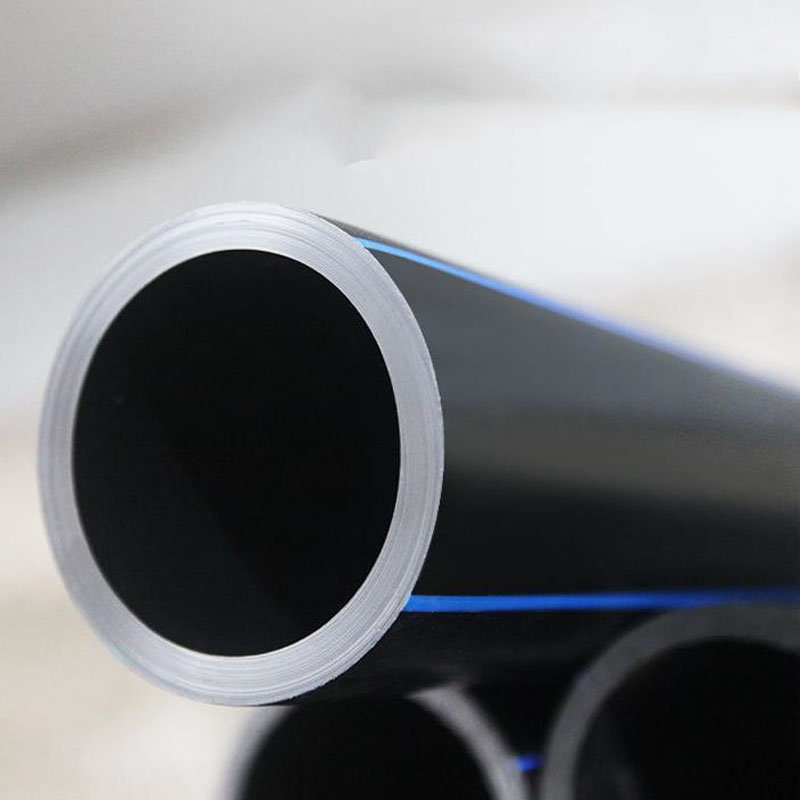Oct . 13, 2024 04:34 Back to list
Corrugated HDPE Pipe Accessories and Fittings for Efficient Drainage Solutions
Understanding Corrugated HDPE Pipe Fittings Applications, Benefits, and Installation
Corrugated High-Density Polyethylene (HDPE) pipes have become increasingly vital in various industries due to their flexibility, durability, and resistance to corrosion. As a key component of drainage and wastewater management systems, the fittings that complement these pipes are equally essential. This article delves into the world of corrugated HDPE pipe fittings, exploring their applications, advantages, and installation processes.
What are Corrugated HDPE Pipe Fittings?
Corrugated HDPE pipe fittings are specialized components designed to connect, terminate, or redirect the flow within corrugated HDPE drainage systems. These fittings come in various shapes, including elbows, tees, reducers, and end caps, allowing for versatile configurations that meet diverse engineering requirements. Typically made from the same high-density polyethylene material as the pipes, these fittings ensure compatibility and seamless integration into existing systems.
Applications of HDPE Pipe Fittings
Corrugated HDPE pipe fittings find applications across a range of sectors
1. Stormwater Management In urban environments, efficient stormwater management is critical. HDPE fittings connect pipes from surface drains, culverts, and catch basins, ensuring water is effectively channeled away from roads and buildings to prevent flooding.
2. Wastewater Systems These fittings are commonly used in sewage systems to create gravity-fed drainage layouts. Their chemical resistance makes them ideal for transporting wastewater without degradation over time.
3. Agricultural Drainage Farmers utilize HDPE fittings to establish subsurface drainage systems that enhance crop yield by managing water levels in the soil, thereby preventing waterlogging and promoting healthier roots.
4. Landfill and Waste Management Corrugated HDPE pipe fittings are integral in landfill leachate collection systems, helping to control and manage waste while protecting the surrounding environment.
Advantages of Using Corrugated HDPE Pipe Fittings
The benefits of utilizing corrugated HDPE pipe fittings are manifold
2. Corrosion Resistance Unlike metal fittings, which can corrode over time, HDPE fittings are resistant to chemical interactions, contributing to a longer lifespan.
corrugated hdpe pipe fittings products

3. Flexibility The flexible nature of corrugated HDPE enables easy installation in challenging terrains, making it suitable for both horizontal and vertical configurations.
4. Lightweight HDPE fittings are lighter than traditional materials, reducing transportation costs and making handling on-site significantly easier.
5. Cost-Effectiveness The combination of durability and reduced maintenance needs makes HDPE fittings a cost-effective choice in the long run.
Installation of Corrugated HDPE Pipe Fittings
Proper installation of corrugated HDPE pipe fittings is critical for ensuring system efficacy and longevity. Here are the essential steps involved
1. Preparation Before installation, assess the job site and prepare the surrounding area, ensuring that it is safe and clear of obstacles.
2. Cutting Pipes Measure and cut the corrugated HDPE pipe to the desired lengths using appropriate tools. Ensure the cuts are clean and even for a proper fit.
3. Fitting Selection Choose the right fittings based on the design requirements. This may involve connecting multiple pipes or adjusting the angle of the layout.
4. Lubrication Some fittings may require lubrication to ensure smooth assembly. Use approved lubricants for HDPE to prevent damage to the fittings.
5. Assembly Connect the fittings to the pipes, ensuring that connections are tight and secure. This step may involve the use of clamps or other securing mechanisms.
6. Testing After installation, test the system for leaks or blockages. This ensures that the connections are watertight and functional before backfilling or covering the installation.
Conclusion
Corrugated HDPE pipe fittings play a crucial role in the efficacy and reliability of drainage and wastewater systems. With their myriad applications, remarkable benefits, and straightforward installation processes, they are an indispensable choice for engineers and contractors alike. As infrastructure continues to evolve, the adoption of such advanced materials promises to enhance sustainability and performance in various projects. Whether in urban planning, agriculture, or waste management, corrugated HDPE pipe fittings are set to remain at the forefront of modern engineering solutions.
-
High-Quality PVC Borehole Pipes Durable & Versatile Pipe Solutions
NewsJul.08,2025
-
High-Quality PVC Perforated Pipes for Efficient Drainage Leading Manufacturers & Factories
NewsJul.08,2025
-
High-Quality PVC Borehole Pipes Durable Pipe Solutions by Leading Manufacturer
NewsJul.08,2025
-
High-Quality PVC Borehole Pipes Reliable PVC Pipe Manufacturer Solutions
NewsJul.07,2025
-
High-Quality UPVC Drain Pipes Durable HDPE & Drain Pipe Solutions
NewsJul.07,2025
-
High-Quality Conduit Pipes & HDPE Conduit Fittings Manufacturer Reliable Factory Supply
NewsJul.06,2025

